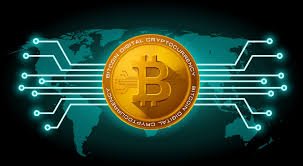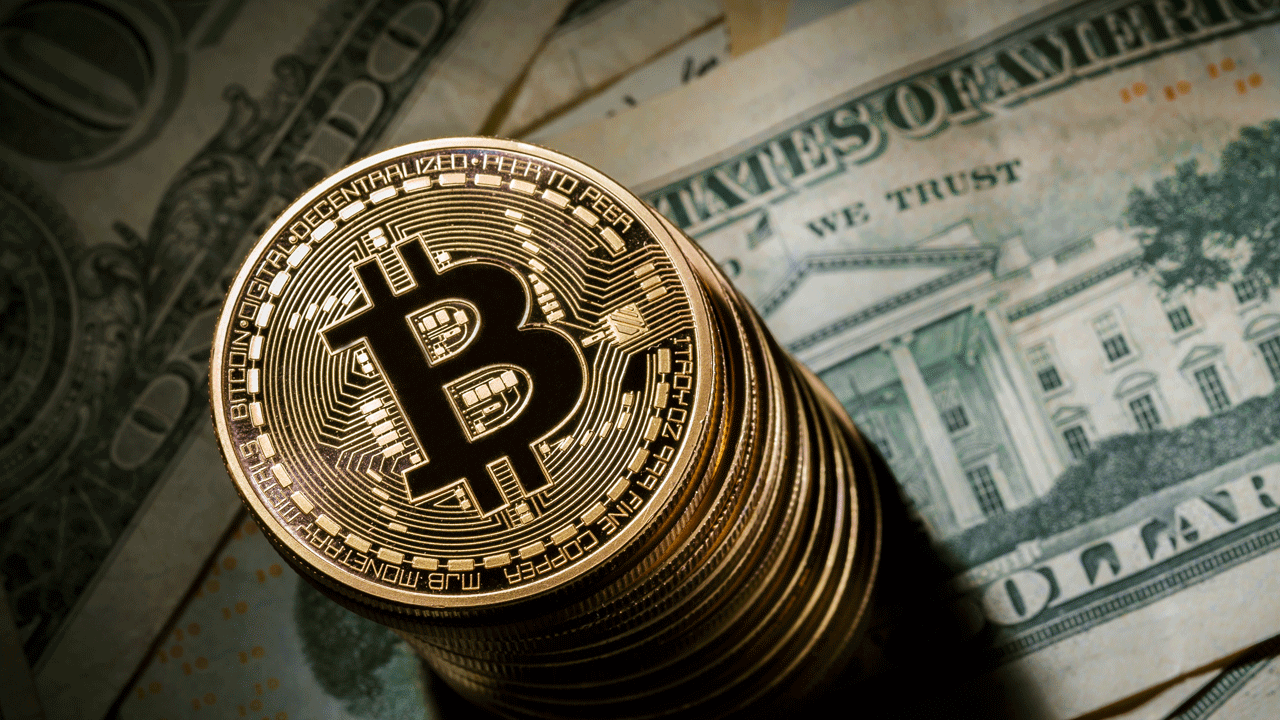
So you've heard of Bitcoin, and you're ready to get your hands on some digital wealth. You can buy and trade for bitcoins, or you can "mine" for them. Mining for bitcoins is actually the process of verifying other bitcoin transactions, which users are rewarded for. This is the central mechanic behind the bitcoin economy, and mining is used to keep transactions secure and reliable. This guide will explain how to mine bitcoins and potentially earn a fair amount of money..
1
Purchase custom mining hardware. When Bitcoin first started, it was possible to mine using only your desktop's CPU and GPU. While this is still possible, the returns make running this method impractical. You will be spending far more on electricity than you will earn mining coins. Instead, custom hardware allows for much better processing for about the same power draw.
Custom hardware comes in the form of cards that are inserted into the computer much the same way that a graphics card would be.
Popular Bitcoin-mining hardware brands include Butterfly Labs, Bitcoin Ultra, CoinTerra, and more.
A dedicated Bitcoin mining machine can cost anywhere from a few hundred dollars to tens of thousands depending on the number of operations it can complete per second.
2
Obtain a bitcoin wallet. Bitcoins are stored in digital wallets that are encrypted to protect your money. These wallets can be either locally or online. While online services that host your wallet won't be able to access it, they are considered less secure as your money could potentially be lost if something catastrophic happens on their end.
Most established bitcoin users recommend using a local wallet for security reasons.
Local wallets typically require verifying the entire blockchain, which is the history of all bitcoin transactions. Hosting a blockchain is what helps keep Bitcoin running and secure. Syncing this blockchain for the first time can take a day or more.
Popular local wallets include BitcoinQT, Armory, and Multibit. Multibit does not require downloading the entire blockchain.
You can also get wallet apps for your mobile device. These do not require downloading the entire blockchain. Popular apps include: Blockchain and CoinJar.
If you lose your wallet, you lose your money!
3
Secure your wallet. Since there is no "ownership" when it comes to wallets, anyone who gains access to your wallet can use your coins as they please. To prevent this, enable two-factor authentication and store the wallet on a computer that doesn't have access to the internet, perhaps storing the wallet on your memory stick or SD card if you need to eject/dismount it later and have the wallet on the go.
4
Decide between joining a pool or going alone. When it comes time to start mining coins, you have two main options: join in with an established pool or attempt to mine on your own. A pool allows you to share resources and split the rewards, which can lead to quicker returns. Mining alone can be difficult as getting new bitcoins is highly competitive, but you get to keep everything you mine.[2]
Without joining a pool, you may go a year or more without earning any bitcoins, since the coin is awarded to the pool that discovers it.[3]
Most pools charge a small fee (around 2%) of your earnings.
When joining a pool, you will need to create a "worker". This is a subaccount which is used to track your contributions to the pool. You can have multiple workers at once. Each pool will have instructions on creating workers.
5
Download a mining program. Mining programs are almost all open source and available for free. There are different mining programs available depending on the type of hardware you are running. Mining programs run in the command line, and may need a batch file in order to start correctly, especially if you are connecting to a pool.
The two most popular mining programs are CGminer and BFGminer. EasyMiner runs with a graphical interface as opposed to a command line.
See your pool's help section for specific details on connecting to the pool with your mining program.
If you are mining solo, be sure to connect your mining program to your personal wallet, so that anything you earn gets deposited automatically. If you are mining as part of a pool, you will connect your wallet to your user account with the pool. Coins will be transferred as they are earned.

6
Run your miner. Once you have your miner configured, you can start your mining operation. Run the batch file you've created if necessary and watch the miner connect and start mining. You will most likely notice the rest of your computer slow to a crawl as the miner works.
7
Keep an eye on temperatures. Mining programs push hardware to their limits, especially if the hardware was not designed for mining in the first place. Use a program such as SpeedFan to make sure that your temperatures don't go above safe limits. Graphics cards should usually never go above 80 °C (176 °F).
8
Check your profitability. After you've mined for a little bit, check your figures to make sure its worth it. How much did you make over the last few days? Compare that to how much money it cost you to keep your computer running at full speed during that time (most video cards take about 300-500 watts).
.jpg22.jpg)
Hi! I am a robot. I just upvoted you! I found similar content that readers might be interested in:
https://www.wikihow.com/Mine-Bitcoins